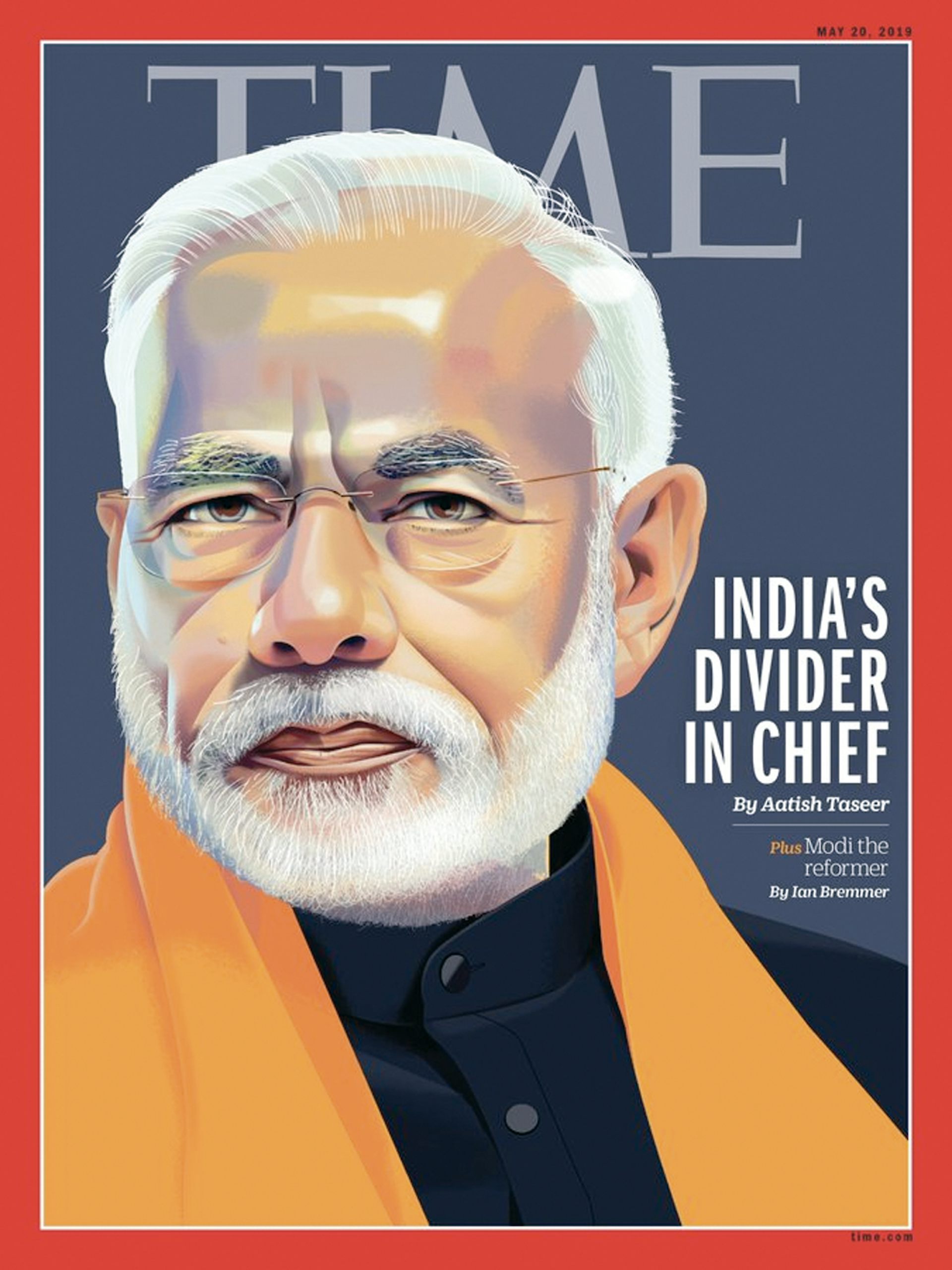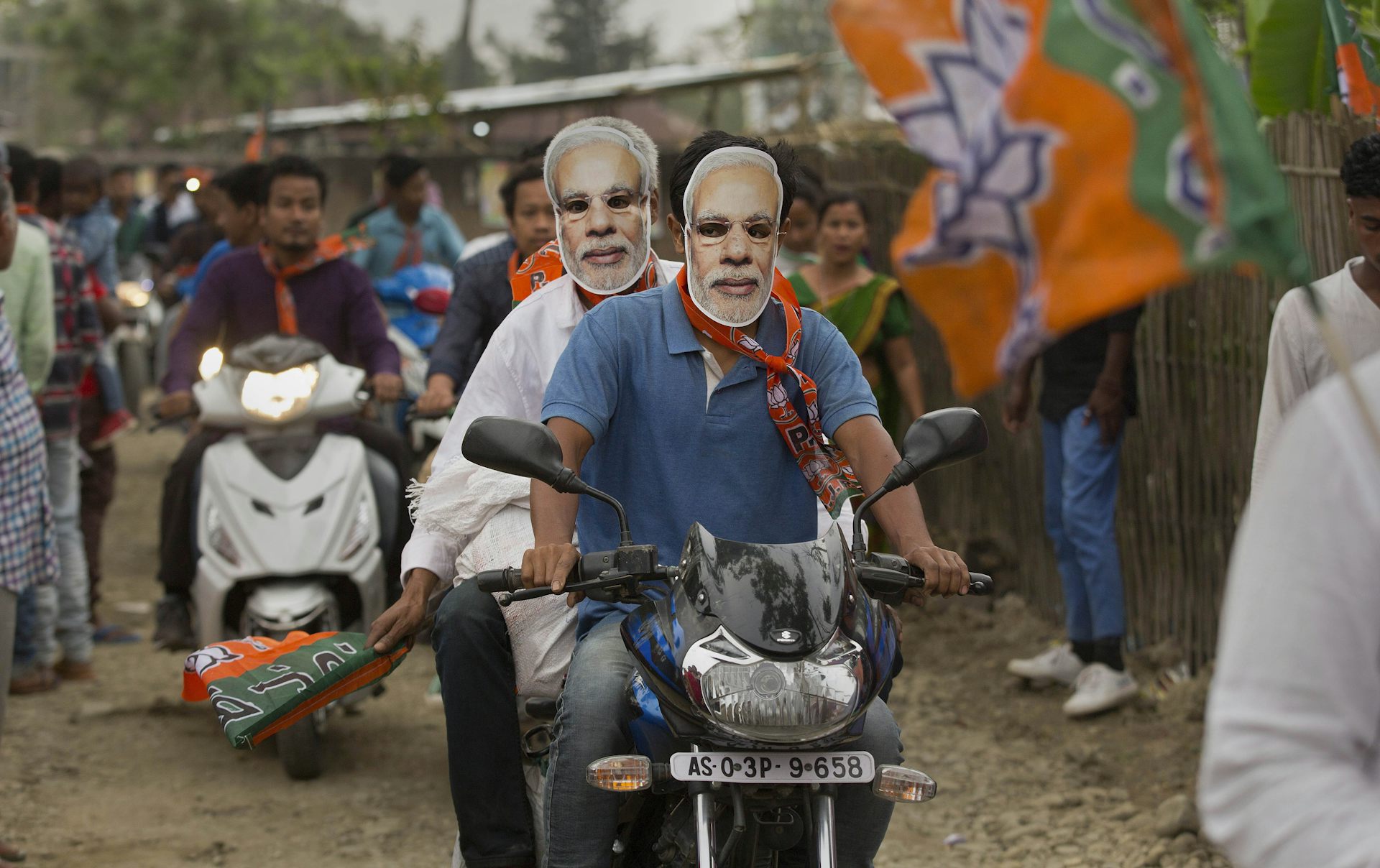Author:
Anil Varughese
(MENAFN- The Conversation) Spread over a month and a half and split into seven phases, the long and arduouselection process in Indiahas drawn to a close.
Now, the country and the world waits with bated breath to find out who will control the destiny of the world's largest democracy for the next five years. Results are expected on May 23.
Incumbent Prime Minister Narendra Modi's far-right Bhartiya Janata Party (BJP), and the National Democratic Alliance coalition (NDA) it leads, is seeking a second term, while the opposition, led by the long-ruling Indian National Congress Party, is looking to unseat the Modi government, in alliance with a host of smaller parties.
Exit pollsare predicting a comfortable second term for the Modi government. The BJP-led NDA coalition is expected to emerge victorious, though the BJP on its own is expected to fall short of the magic number required to form government (272 out of 543).
Given India's fragmented politics and first-past-the-post electoral system, any single party obtaining an absolute majority has become a rarity. If the exit polls are proven wrong and the BJP and its allies fail to pass muster, the Congress, its allies, and possibly other regional parties will have a chance to cobble together a coalition government.
Mobilizing emotions
Modi and his party campaigned on a plank of nationalism and national security rather than on their governance record. The prime minister found a strong emotional issue ahead of the polls with theFebruary 2019 terrorist attack in Kashmiron a convoy of Indian security personnel. The attack was purportedly perpetrated by Pakistan-based Islamist militant groups, and resulted in the deaths of 40 paramilitary soldiers.
After losing elections in key states like Rajasthan, Madhya Pradesh and Chhattisgarh in November 2018, the BJP's stock was sinking and the Congress Party seemed to be on the upswing. The terror attacks, India's subsequentretaliatory airstrikes into Pakistani territoryand the safe return of Indian army personnel played well into the narrative of the shared victimhood of Hindus — the belief that despite being an overwhelming majority, the survival of Hindus is at risk. This victimhood comes with an accompanyingneed to assert dominance over minorities , primarily Muslims.
The Modi team has carefully and quite successfully cultivated this belief among India's majority Hindus. A strong prime minister from a Hindu nationalist party who will stand up toenemies, both within and outside the country , offers a winning proposition in this backdrop.
This also fans the flames ofpoisonous religious nationalism, minority-baiting and aggressive anti-Pakistan posturing . This is the narrative the BJP has relied upon in this election.
From development to nationalism
The Modi government is hedging its bets on the Indian electorate being swayed by pride and communal passion rather than by real issues of economic growth, poverty, inflation and unemployment.

The Time magazine cover.
Time Magazine
Pre-poll data from a number of states indicate a consolidation of majority and minority votes across opposing political fronts. This has recently earned Modi the moniker'India's Divider in Chief'in Time magazine.
In 2014, Modi rode a popular wave to power backed by Indian big business and the urban middle class who put their aspirations behind the call'Sabka Saath, Sabka Vikas,'which means 'together with all, development for all.'
The promise was to revive India's economy, remake its creaking infrastructure and clean up pervasive corruption. That 2014 campaign narrative of inclusiveeconomic reform has given way to a slate of emotive issuesin 2019, and a widespread yearning for change among India's middle class in 2014 has given way tobitter polarization .
While Modi is still loved deeply in many parts of India, he has also developed a sizable chunk of detractors, leading to an acrimonious campaign full of sharp differences of opinion, vicious personal attacks and political violence in parts of India.
Unfulfilled promises
The Congress Party campaigned on the failures of the Modi government and its unfulfilled promises on job creation, boosting farmers' income and finding and returningblack money , undisclosed foreign income that's stashed abroad. It focused on Modi's botched policy initiatives, including demonetization and GST. It attacked crony capitalism and the slow and steady denigration of India's constitutional institutions and its secular fabric.
Though the Modi government publicized anumber of signature economic initiatives and welfare schemes , there is a widely shared sentiment, both among analysts and voters, that the long-standing economic and social problems of the country haven't been tackled to any great extent, despite the skillful andpropagandist use of mainstream and social mediaby the Modi government.
If the exit polls are to be believed, however, the Congress Party and the rest of the opposition havefailed to adequately expose the shortcomings of the Modi governmentand to harness that popular frustration.

In this April 2019 photo, Bharatiya Janata Party (BJP) supporters wear masks of Indian Prime Minister Narendra Modi and ride a motorbike during an election campaign rally.
(AP Photo/Anupam Nath)
Although the image ofRahul Gandhi, who comes from a family of Indian prime ministers, as a national leader and potential prime ministerpicked up some steam through his spirited campaign, the Congress Party as a whole seems to havefailed to offer a viable national alternative to the BJP .
In a number of states, the Congress Party was unable to cement critical alliances with regional parties, and in others, the Congress organizations were immersed in factional fights.
Uphill tasks ahead
Whoever wins this election and forms the government will have a daunting task at hand. India has about 600 million people below the age of 25 — more than any other country in the world— who are looking for quality education and secure employment.
Despite the recent progress, millions of Indians still remain miredin povertyand reported cases ofviolence against women are on the increase .
India's democracy, though always messy, fractious and unwieldy, seems to be on a new boil. Key constitutional institutions like the Supreme Court and the Election Commission, and democratic practices in general, need to be strengthened and nurtured. The smouldering cauldron of religious polarization needs to be deftly doused to instill confidence in minorities and diverse regions.
The patriotism of the majority population, meanwhile, needs to be subtly managed away from assuming jingoistic proportions. It should be prevented from becoming the chief determinant of India's domestic and foreign policy.
India
Narendra Modi
Rahul Gandhi
India elections
MENAFN2105201901990000ID1098552783
Legal Disclaimer:
MENAFN provides the information “as is” without warranty of any kind. We do not accept any responsibility or liability for the accuracy, content, images, videos, licenses, completeness, legality, or reliability of the information contained in this article. If you have any complaints or copyright issues related to this article, kindly contact the provider above.